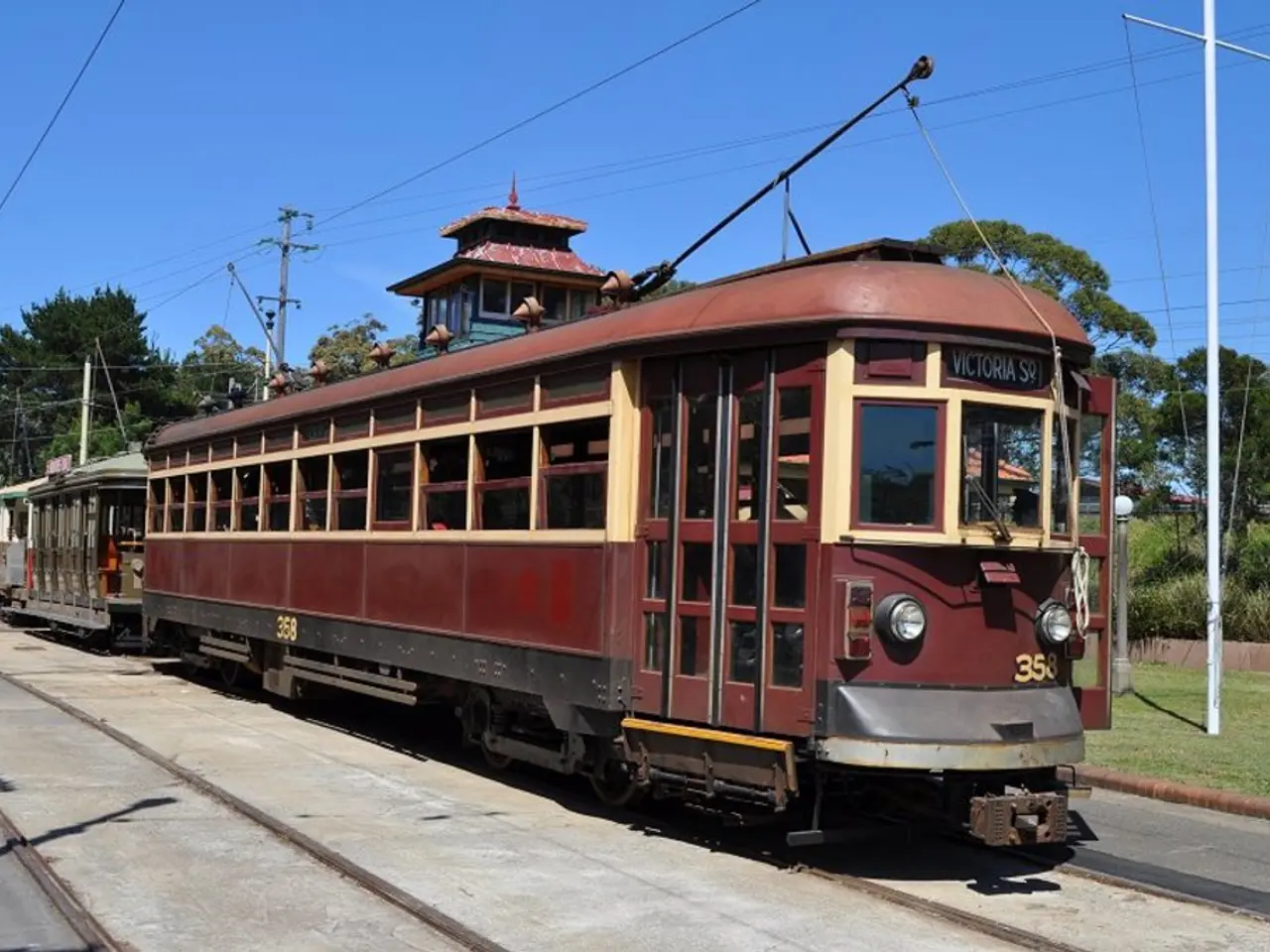Enhancing Train Travel's Allure: Collaborative Efforts Between Rail Services and State Authorities - Railways and authorities are enhancing rail travel appeal through various improvements
**Enhancing Rail Travel in Southwest Germany: Focus on Reliability, Comfort, and Punctuality**
The state of Baden-Württemberg and Deutsche Bahn (DB) are working together to improve train travel in the southwest region, with a focus on enhancing reliability, comfort, and punctuality. This initiative, which emphasises digitization and the modernization of the Stuttgart rail junction, is set to transform the rail system in the region.
**Key Areas for Improvement**
1. **Completion and Optimization of Stuttgart 21 Project** The Stuttgart 21 project, a major rail and urban development initiative, aims to restructure the Stuttgart rail hub by building 57 km of predominantly underground tracks and four new passenger stations, including a new main station. The project's goal is to increase capacity and reduce bottlenecks, which is vital for improved punctuality and reliability. Despite long delays and cost overruns, completing Stuttgart 21 will be crucial for a modern, efficient rail junction in Baden-Württemberg.
2. **Embracing Digitization for Operational Excellence** Digitization can improve real-time traffic management, predictive maintenance, and passenger information systems. Integrated digital platforms can enhance scheduling accuracy, allow dynamic adjustments to delays, and improve communication with travelers. DB and the state can invest in advanced IT infrastructure to monitor and optimize train movements, especially in complex nodes like Stuttgart.
3. **Collaboration Among Key Stakeholders** Political leaders and DB CEOs can foster strong partnerships to align funding, planning, and operational goals. Joint efforts can accelerate innovation in rail technologies and infrastructure upgrades with a regional and national perspective.
4. **Investment in Infrastructure and Passenger Comfort** Modern station design, as part of Stuttgart 21, promises enhanced comfort through improved platform accessibility, better waiting areas, and amenities. Infrastructure upgrades can reduce delays caused by outdated or congested tracks and switches, improving punctuality.
5. **Addressing Public Concerns and Transparency** Stuttgart 21 has faced significant public opposition and protests. Continuing transparent communication and incorporating feedback can build public trust. A focus on user experience and tangible improvements in train travel can shift public opinion positively.
**Summary Table of Actions**
| Aspect | Measures | |-----------------------------|--------------------------------------------------------------------------------------------| | **Rail junction modernization** | Complete Stuttgart 21 to increase capacity and simplify track layout | | **Digitization** | Implement digital traffic control, predictive maintenance, and passenger info systems | | **Stakeholder cooperation** | Align efforts of Baden-Württemberg government and DB leadership | | **Passenger comfort** | Modernize stations with better access, waiting areas, and amenities | | **Public engagement** | Enhance transparency and respond to citizen concerns |
By focusing on these interrelated strategies, Baden-Württemberg and DB can significantly boost the reliability, comfort, and punctuality of train travel in the southwest, leveraging both infrastructure modernization through Stuttgart 21 and cutting-edge digital technologies.
The collaboration between the state of Baden-Württemberg and Deutsche Bahn (DB) encompasses not only the modernization of the Stuttgart rail junction but also the development of community and employment policies. These policies may focus on attracting talented individuals from the industry, finance, and transportation sectors to contribute to the enhancement of the rail system.
The employment policies can promote the use of digitization and advanced IT infrastructure, not only for operational excellence in rail management but also for the maintenance and optimization of train movements within complex nodes like Stuttgart. This strategic approach can facilitate a seamless rail travel experience in the southwest region of Germany, fostering increased employment opportunities and contributing to the region's economic growth.




